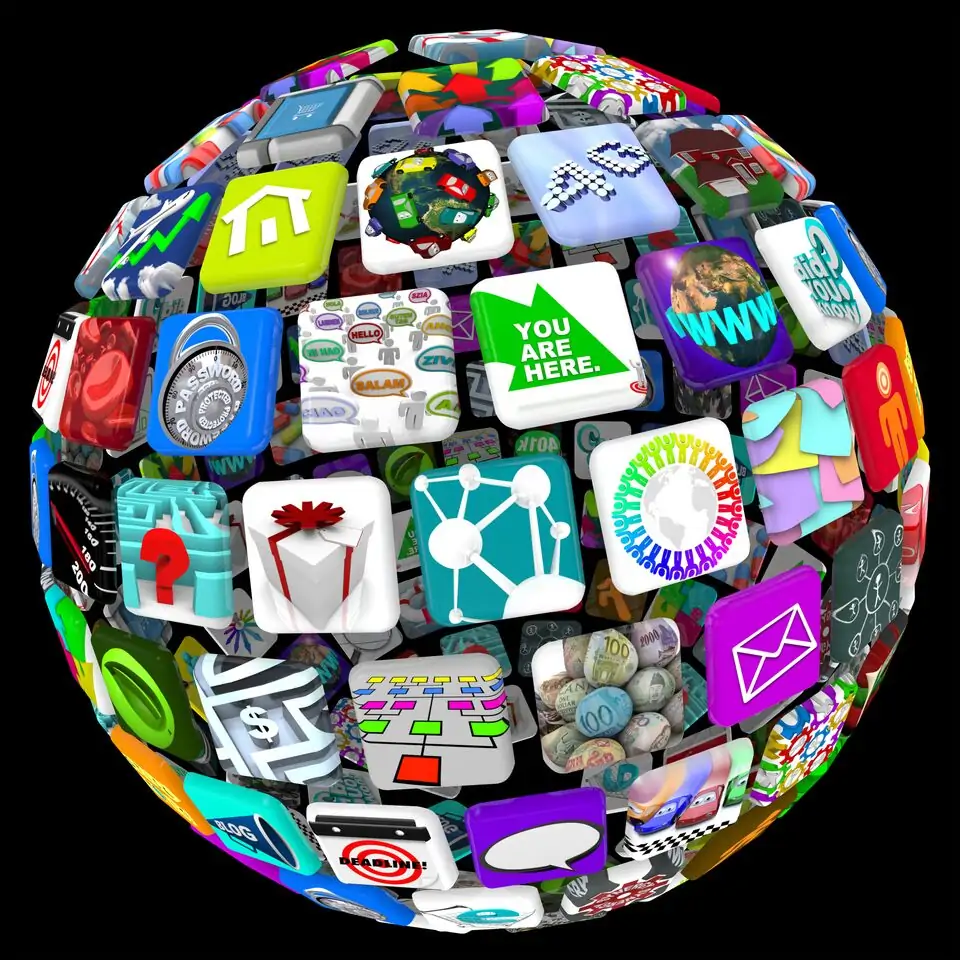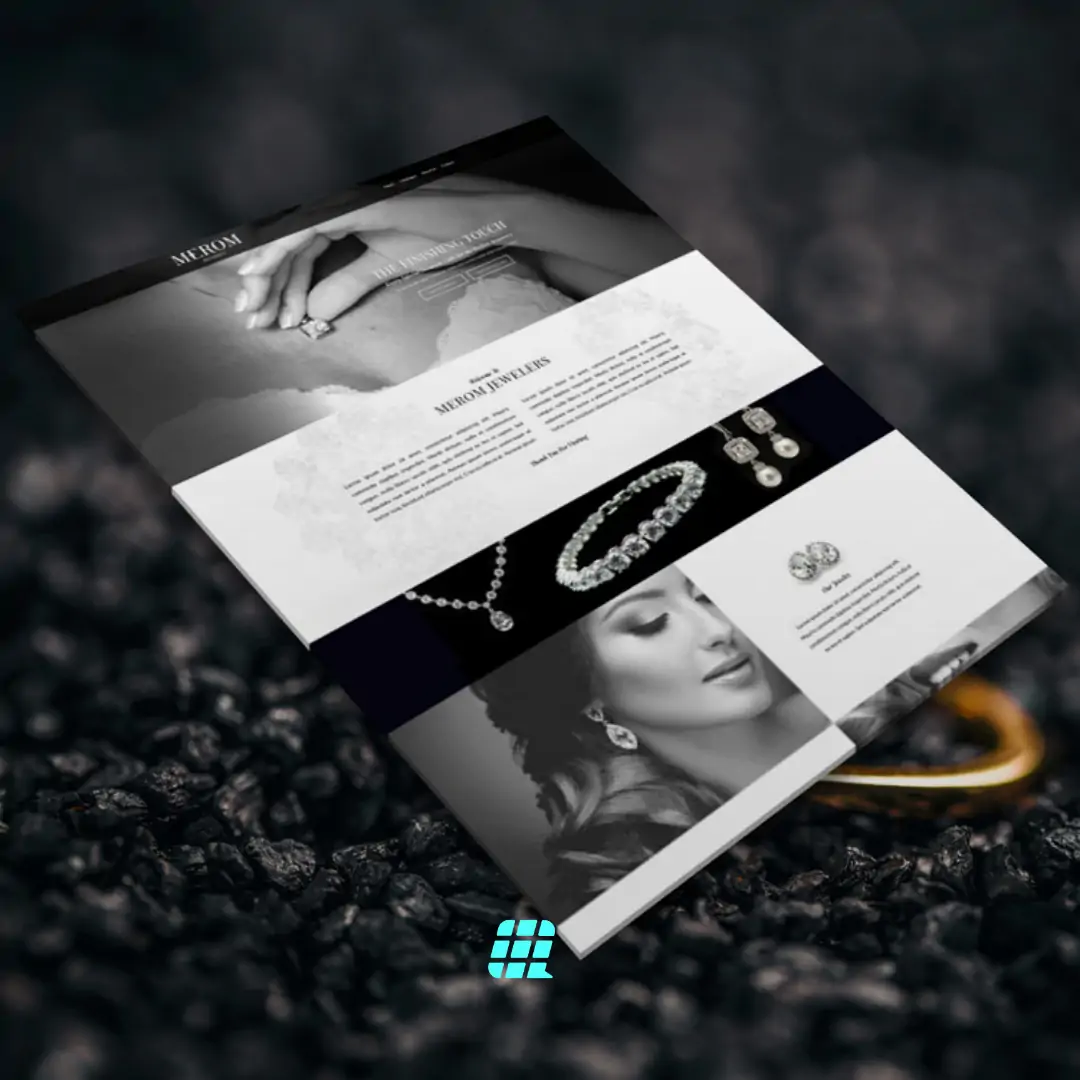Most businesses today have websites out of necessity. Customers today have an expectation of being able to interact with a company online to learn more about the organization, ask questions or leave comments, or to buy products or orders services directly.
In the past few years, a sea change has happened in global business: Most customers today use their smartphones, tablets, and other mobile devices to search for the products and services they want. So if your business doesn’t have a website, you probably are missing out on most of your new business.
Websites and Profits
But it’s not enough to simply have a website. It has to meet the expectations of your online customers. And people also need to be able to find it.
An outdated, confusing, or cluttered website may turn more customers away than it attracts. If you haven’t updated your business’s website in a while — or if you can’t remember the last time you gave it a facelift — it’s probably time to review it.
How Your Website Can Increase Profits – Search Engine Rankings
To capture the largest share of the pool of customers for your specific type of products and services, it has to be simple for people to find your website on Google, Bing, Yahoo and the other popular search engines.
Here’s how most retail scenarios work today: Somebody needs a particular product. Let’s say for example’s sake it’s a frisbee cannon.
They take out their smartphone, type “frisbee cannon” into their Google app, along with perhaps their hometown:
“Frisbee cannon Detroit”
Up will pop a list of businesses that offer this product. Here’s the important part: 7 times out of 10, the customer will click on the first business listed. And that’s the business that most likely will get the sale (if they are mobile-friendly, right then and there from the customer’s smartphone!).











